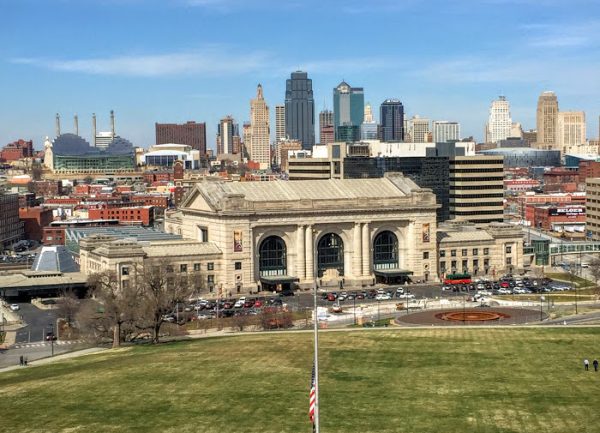Explosives used during large protest
Beginning on Friday, March 30, Palestinian Gaza residents began what they named the “Great March of Return.” Thousands of protestors chanted and pitched tents merely meters away from the electrical fence keeping them out of their ancestral homeland, Israel. They planned to sit there, in a flimsily built tent-city, until Nakba day (meaning day of catastrophe) on May 15, according to The Guardian. The powder keg was lit and an explosion was heard not far off.
Mohammad Barkeh, head of the Higher Arab Monitoring Committee, explained the purpose of the march, and why they are protesting.
“We are here in the Negev to remember a time almost forgotten, when 600 to 700 thousand Palestinians were expelled to the Sinai and Jordan in 1948,” said Negev to Ma’an News. “Some forget the crimes of displacement in the Negev. But we are here to make our blood and the blood of our people in the Negev known, and their right to return to the Negev, and our peoples’ right to return everywhere.”
Ayman Odeh, one of the leaders of the march, has said that some of the residences of the Palestinians are soon to be demolished. He referred to the demolitions as “the continuing Nakba,”
The Gaza Strip is a self-governing Palestinian territory on the eastern coast of the Mediterranean Sea, bordering Egypt on the southwest and Israel on the east. The Palestine Liberation Organization claims Gaza which has a population of almost 1.9 million people, most of whom are the descendants of Palestinians from Israel. The Palestinians refer to their expulsion as Nakba, meaning the catastrophe.
On Friday, April 6, tensions grew when “Rioters have attempted to damage and cross the security fence under the cover of smoke from their burning tires,” said the Israeli Defense Force Spokesperson Unit on Twitter. “They also attempted to carry out terror attacks and hurl explosive devices and firebombs. Our forces prevented breaches.”
Problems came to a head when members of militant groups in Gaza began throwing stones and Molotov cocktails at the Israeli soldiers on the other side of the fence. The soldiers retaliated by opening fire on the crowd, killing approximately 27 Palestinians, and injuring hundreds more.
“Hamas, which controls Gaza, was using the protests as a guise to launch attacks on Israel,” said IDF Brigadier-General Tonen Manelis in 2007. Hamas was elected as the governing authority over Gaza. Hamas is considered a terrorist organization by many countries, most notably Israel and the U.S. Hamas recently dropped its longstanding call for Israel’s annihilation, but announced it continues to reject Israel’s right to exist and supports “armed struggle” against Israel. The Israelis believe that Hamas is directly accountable for atrocities against them, and continue to be very wary of any relation with them.
Israel’s retaliation against these protestors has been widely criticized. “Israel’s use of live ammunition against Palestinians a week earlier drew condemnation from human rights groups and calls for an investigation by the United Nations,” reported the Washington Post.
Riyad Mansour, Permanent Observer of Palestine to the United Nations, condemned what he saw as a failure by the United Nations Security Council.
“We believe that the Security Council to continue to disregard its responsibility is encouraging the Israeli side to continue with this onslaught against our people,” said Mansour.
These events tell a sad story that has been ongoing for a long time between Israel and Gaza with no realistic end in sight. The conflict is based on century-old claims to ancestral lands and self-survival. The issues are complex and assessing guilt on either side for any individual event is fraught with risk. But what is known is that both sides have suffered grievously and will continue to experience heavy casualties.
Alice Su of The Atlantic recently reported that eight months after a war between the militant groups broke out in 2015, that “Gaza remains in ruins.” While traveling through the territory, she noted how “People peek over mounds of rubble from tents behind their former homes, like aliens come to settle an abandoned planet.” Since then, Gaza has not seen much improvement for the quality of life for its people.
“To merely wake up and have access to clean water and electricity is now a luxury,” reports Ahmad Abu Rtemah from The Nation. “The siege has been particularly hard on young people, who suffer from a 58 percent unemployment rate. What’s worse is that all of this is a result of Israeli policy, which can be changed. This harsh and difficult life does not have to be the reality for Gaza.”
With the dire situation at hand in Gaza, Palestinians seek to escape the war-torn territory. Israel, however, is unwilling to welcome the refugees of Gaza. The longstanding siege between Israel and Gaza has caused the former to see the refugees as potential threats to their nation’s security. The future is dim.








